Market Share
Aerial Refueling Systems Market Share Analysis
The Aerial Refueling Systems Market, a vital segment within the aerospace and defense industry, employs various market share positioning strategies to establish prominence and meet the evolving needs of military and commercial aviation. Technological innovation is a central strategy, with manufacturers consistently investing in research and development to enhance the efficiency, safety, and versatility of aerial refueling systems. Advanced technologies such as automated boom control, hose and drogue systems, and real-time monitoring capabilities are integrated to improve the precision and speed of inflight refueling operations. By staying at the forefront of technological advancements, companies position themselves as leaders in providing cutting-edge aerial refueling solutions that address the increasing demands of air forces and commercial aviation operators.
Segmentation is another crucial strategy within the Aerial Refueling Systems Market, where manufacturers tailor their products to cater to specific aircraft types, sizes, and mission profiles. Different platforms, such as tanker aircraft or receiver aircraft, may require specialized refueling systems to meet their unique operational requirements. By customizing their aerial refueling solutions for specific aviation applications, manufacturers optimize their offerings for a range of scenarios, ensuring compatibility with diverse fleets and contributing to the overall flexibility of aerial refueling capabilities.
Collaboration and strategic partnerships play a significant role in market share positioning in the Aerial Refueling Systems Market. Given the complexity and interdependence of air operations, companies often collaborate with aerospace manufacturers, defense contractors, and air forces. These collaborations can lead to the development of integrated systems that seamlessly integrate aerial refueling capabilities with other airborne technologies or mission systems. By working closely with key stakeholders, manufacturers can enhance the interoperability and effectiveness of their aerial refueling solutions, contributing to comprehensive mission capabilities for military and commercial aviation.
Cost leadership is a prevalent strategy in the Aerial Refueling Systems Market, as defense and commercial aviation budgets often demand cost-effective solutions. Manufacturers focus on optimizing production processes, sourcing cost-effective materials, and achieving economies of scale to offer high-quality aerial refueling systems at competitive prices. This emphasis on cost-effectiveness not only makes their products attractive to aviation operators but also positions companies favorably in competitive bidding processes, enabling them to secure contracts for the deployment and upgrading of aerial refueling capabilities.
Geographical diversification is a strategic move employed by aerial refueling system manufacturers to expand their market presence. Establishing a global footprint allows companies to cater to the diverse needs of air forces and commercial aviation operators worldwide. Different regions may have unique geopolitical considerations, airspace regulations, and mission requirements, and by adapting their aerial refueling systems to these variations, manufacturers can better serve a broad customer base. Setting up regional offices, forming partnerships, and customizing solutions based on regional needs ensure that aerial refueling systems are well-suited for the complexities of air operations across different parts of the world.

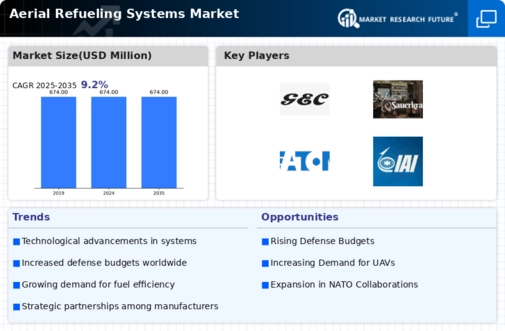
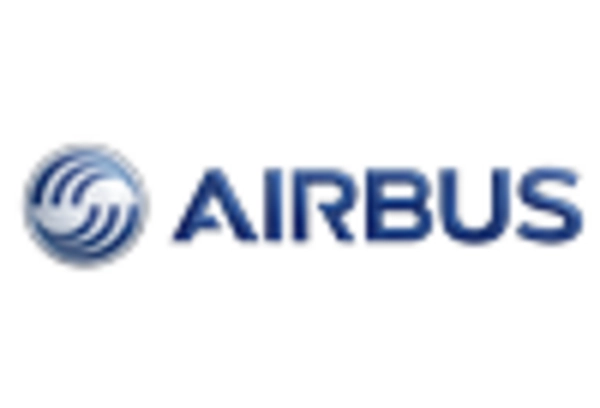

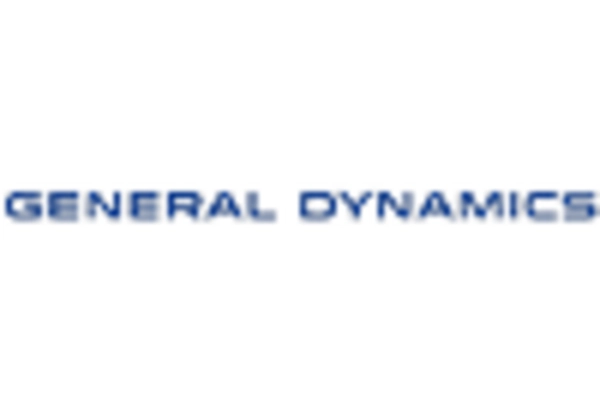
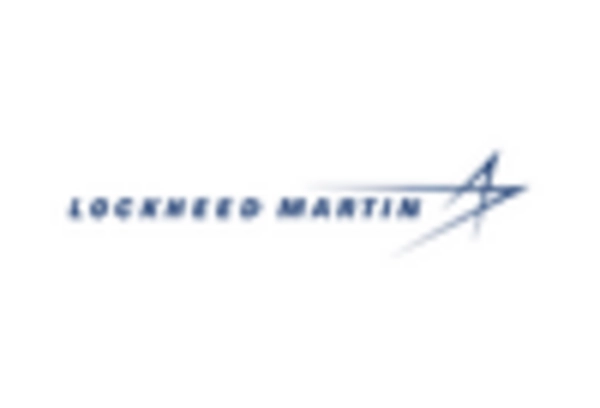

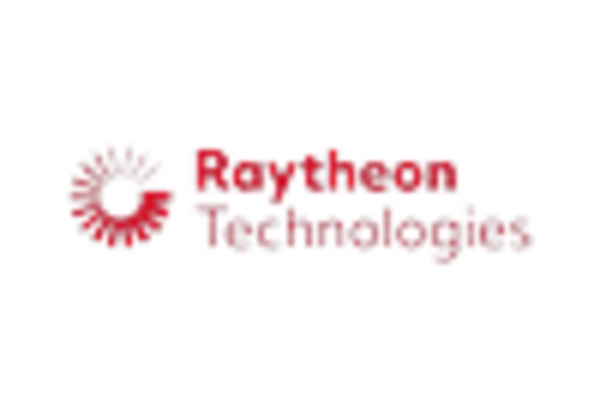









Leave a Comment